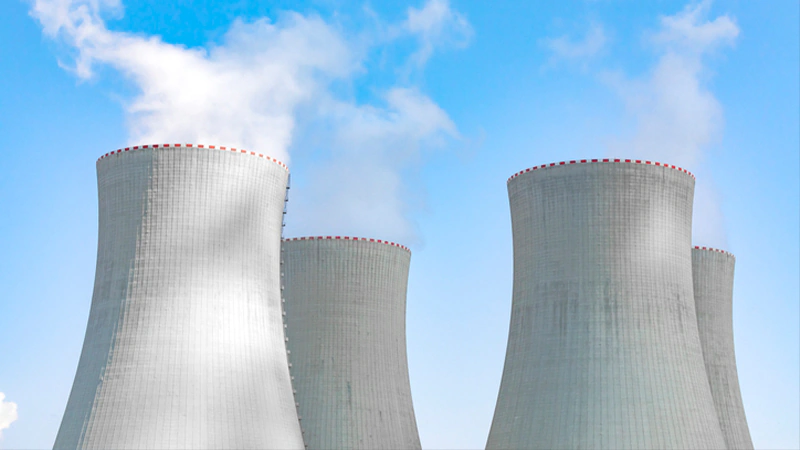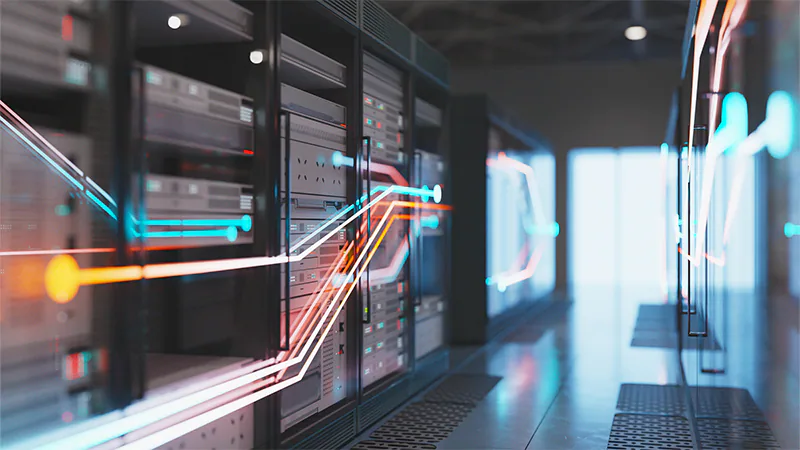What to expect from AI in 2025: hybrid workers, robotics, expert models
What to expect from AI in 2025: hybrid workers, robotics, expert models More than two years after ChatGPT’s debut, Goldman Sachs Chief Information Officer Marco Argenti says the potential for generative artificial intelligence is coming into focus. The development of increasingly powerful large language models (LLMs), supercharged by advances in robotics will, in Argenti’s view, begin to bring sweeping changes to everything from employment to regulation of the technology in 2025. Argenti, the former vice president of technology of Amazon Web Services, makes five predictions about how AI could evolve and interact with businesses and society in the near future: The new hybrid workforce: AI systems are becoming more like humans. So why not employ them like humans? The capabilities of AI models to plan and execute complex, long-running tasks on humans’ behalf will begin to mature. This will create the conditions for companies to eventually “employ” and train AI workers to be part of hybrid teams of humans and AIs working together. The question becomes: How best to get humans and AI to work together. Companies will reskill human managers to oversee a hybrid workforce. The role of human resources will evolve into a department for human and machine resources. The first AI “layoffs” could eventually emerge, in which AI models will be replaced by better AI tools or humans if they perform poorly compared to their peers. The emergence of expert AI: The AI version of PhDs will arrive. Companies will integrate AI with their proprietary data, either with retrieval-augmented generation (RAG) — an architecture that can connect LLMs to external, specialized datasets — or via a process known as fine-tuning, which involves enhanced training of an LLM with a smaller, specialized dataset. As a result, expert AI systems, or large expert models, will gradually emerge with advanced capabilities and industry-specific knowledge — for example, specialized models for medicine, robotics, finance, or material sciences. Robotic breakthroughs powered by AI: So far, AI models have been trained by reading essentially all the books in the world. What if they’re trained on the world itself? Children learn to walk before they learn to read. In the same way, the intersection of LLMs and robotics will increasingly bring AI into, and enable it to experience, the physical world, which will help enable reasoning capabilities for AI. At the same time, these models will transform commodity hardware into specialized components capable of performing far beyond their default capabilities. Advanced cameras using cheap sensors, studio-quality microphones using low-cost transducers, and off-the shelf mechanical joints capable of performing complex manipulation tasks will drive down costs for combining advanced AI with robotics and will speed up innovation. Regulation goes from global to local: As the world awaits regulatory clarity, responsible AI principles will take center stage for CEOs and boards. In addition to (and somewhat separate from) national, state, or sectoral regulations, companies across sectors will continue to see the benefit of implementing proper controls, such as responsible AI principles (i.e., a form of self-regulation). Responsible AI will become an even bigger priority for CEOs and boards of major companies. Large model consolidation: The Formula One experience arrives for AI. Given the cost and complexity of engine development in the Formula One motorsport competition, there are many cars but only a few engine makers. Likewise, the investment required to train and maintain large frontier models (those that are the largest and most advanced) for AI will eventually result in only a handful of providers. Consolidation will mirror what has taken place in cloud infrastructure, databases, and operating systems, where the total number of companies developing large AI engines will be countable on one hand. Startups that are now “model-centric” will shift towards building solutions that are model-agnostic, focusing instead on other aspects of AI such as compliance, safety, data integration, orchestration, automation, and user experience.




